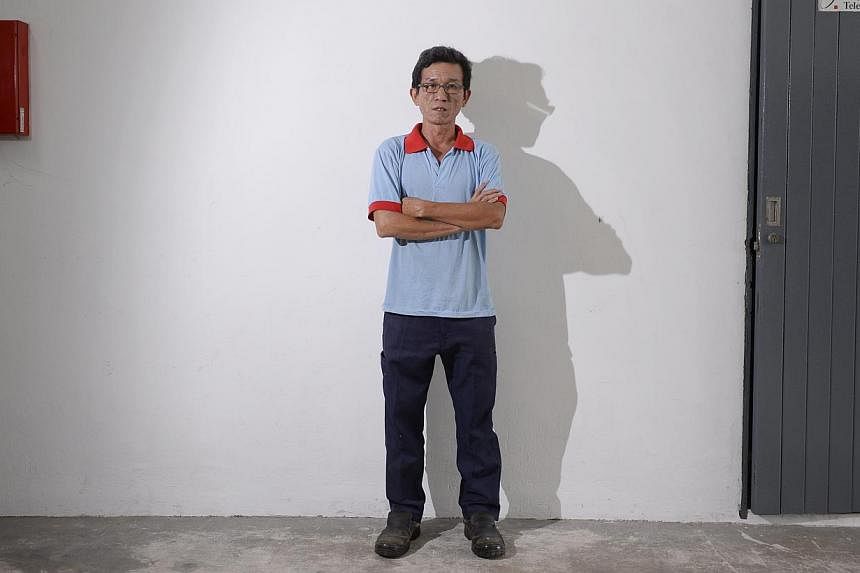Technician Wong Soon Hee installs clothes-line systems for a living and earns a basic monthly wage of $1,900.
In December last year, his gross pay was about $2,200. Last month, it was about $2,400. These figures include his overtime pay and allowances.
The 50-year-old has fully paid for his three-room flat in Bukit Panjang, where he lives with his wife and two daughters, aged five and 13.
Come next January, both he and his employer will have to contribute an extra 1 percentage point to his Central Provident Fund (CPF) account.
He will also get an additional 1 percentage point on the first $30,000 in his account when he turns 55.
Together, the new CPF changes mean that Mr Wong may get as much as $10,000 more in his CPF accounts, compared to his savings under the current set of rules.
But despite the higher sums that will go to his CPF, Mr Wong, who has only about $12,000 in his Special Account, is not looking forward to the changes.
The extra percentage point that he has to put into his CPF account is about $20, which is money he could have used for his daily expenses.
"The extra money that I have to contribute is a week's expenditure for my younger daughter," said Mr Wong, who worked as a temporary worker for much of his working life.
His wife, who works in production, takes home about $1,000 each month. Together, the family of four has just about enough to make ends meet.
"We don't have any savings because our combined income is very low," he said.
"The $20 makes a big difference to us. For our family, it is hard to think about the future. We live from hand to mouth each month," he said.
AW CHENG WEI

